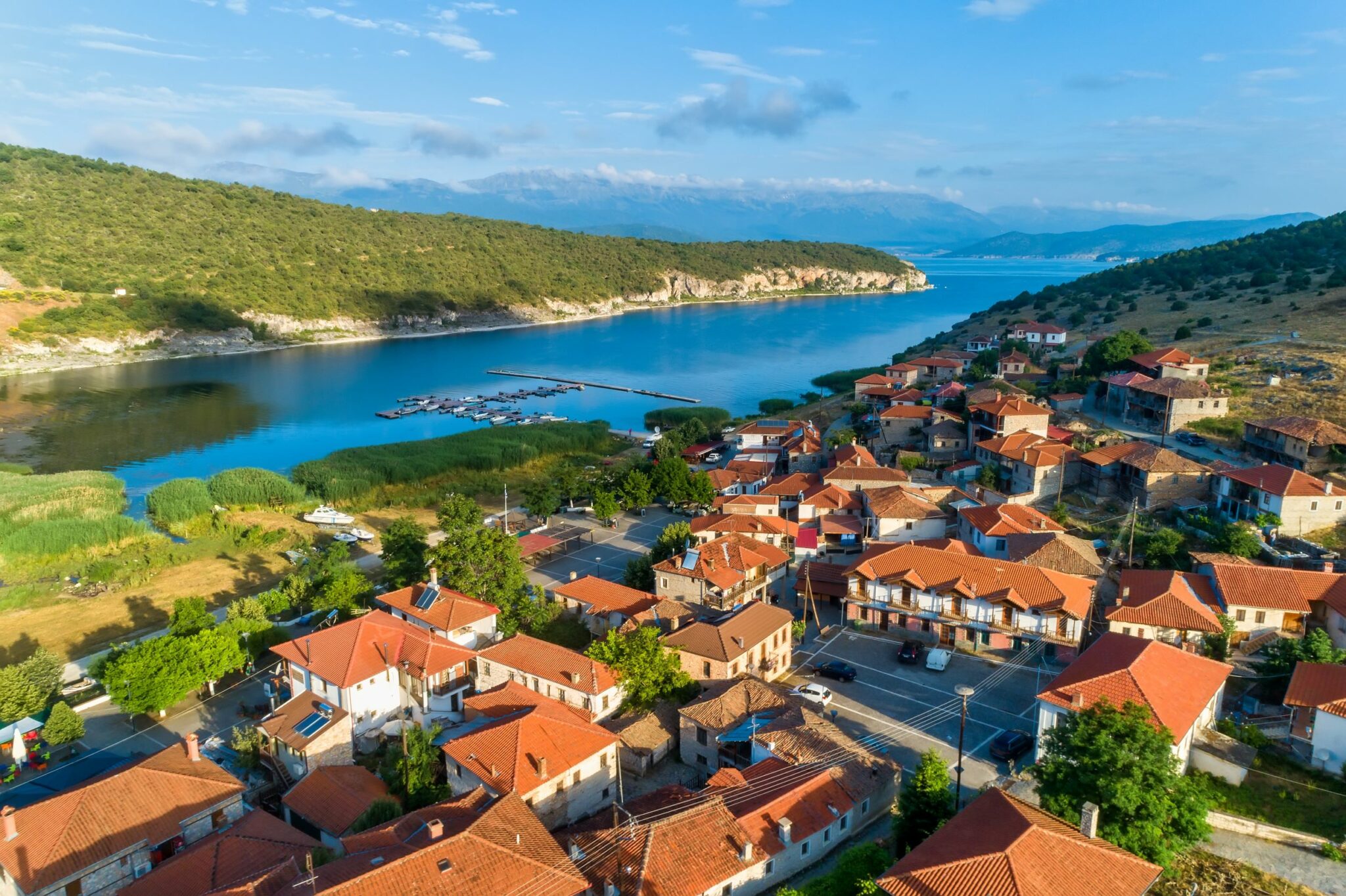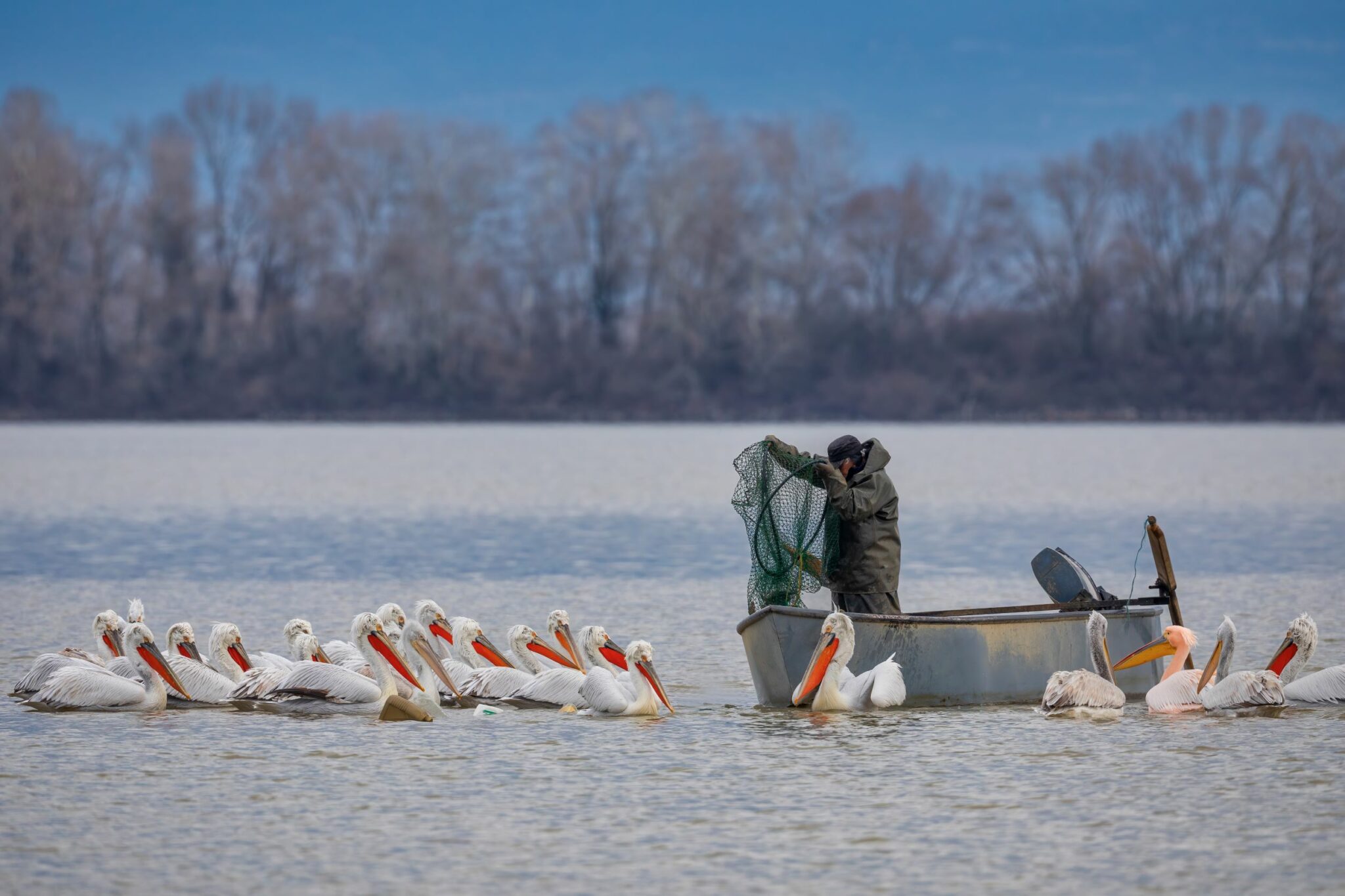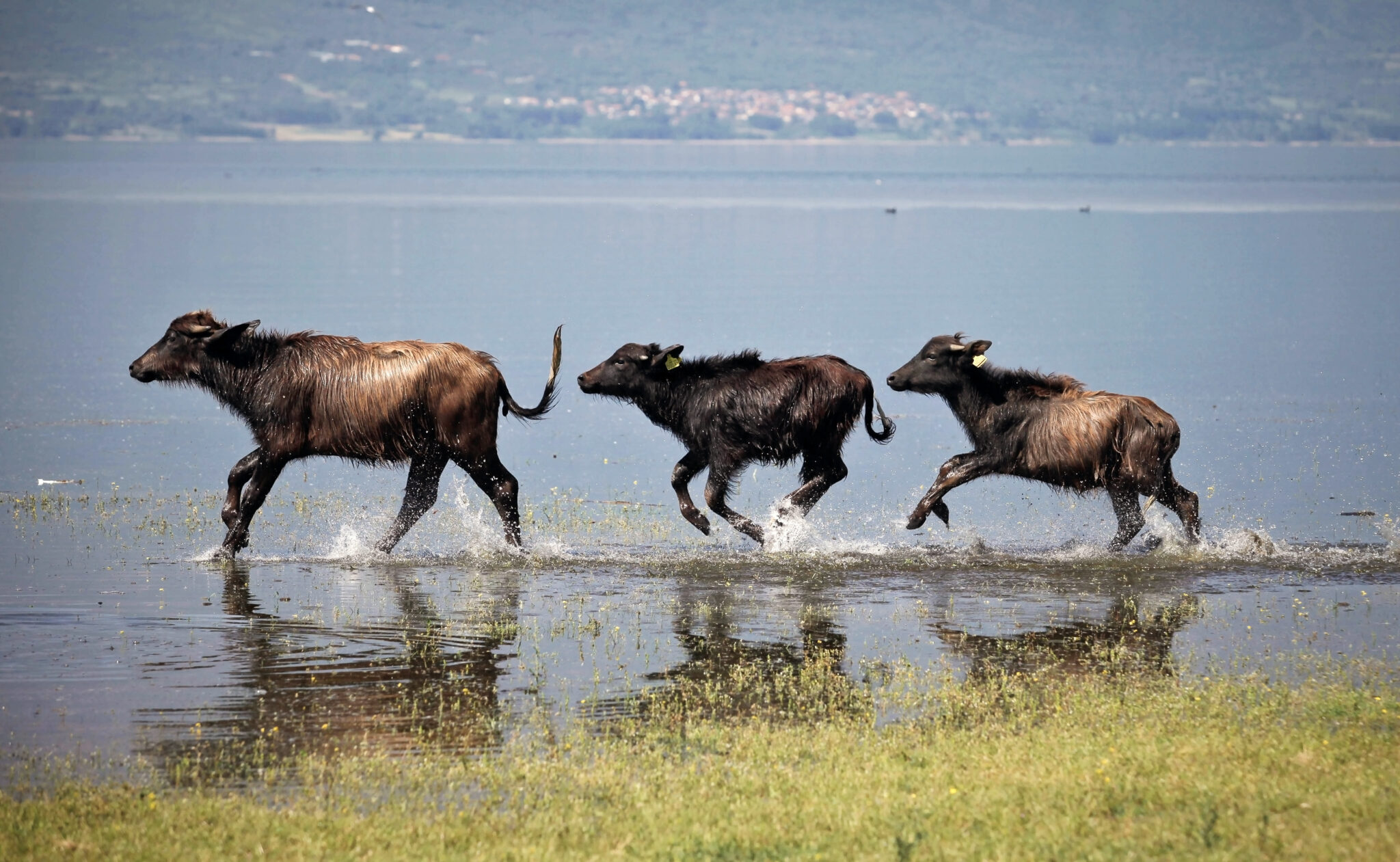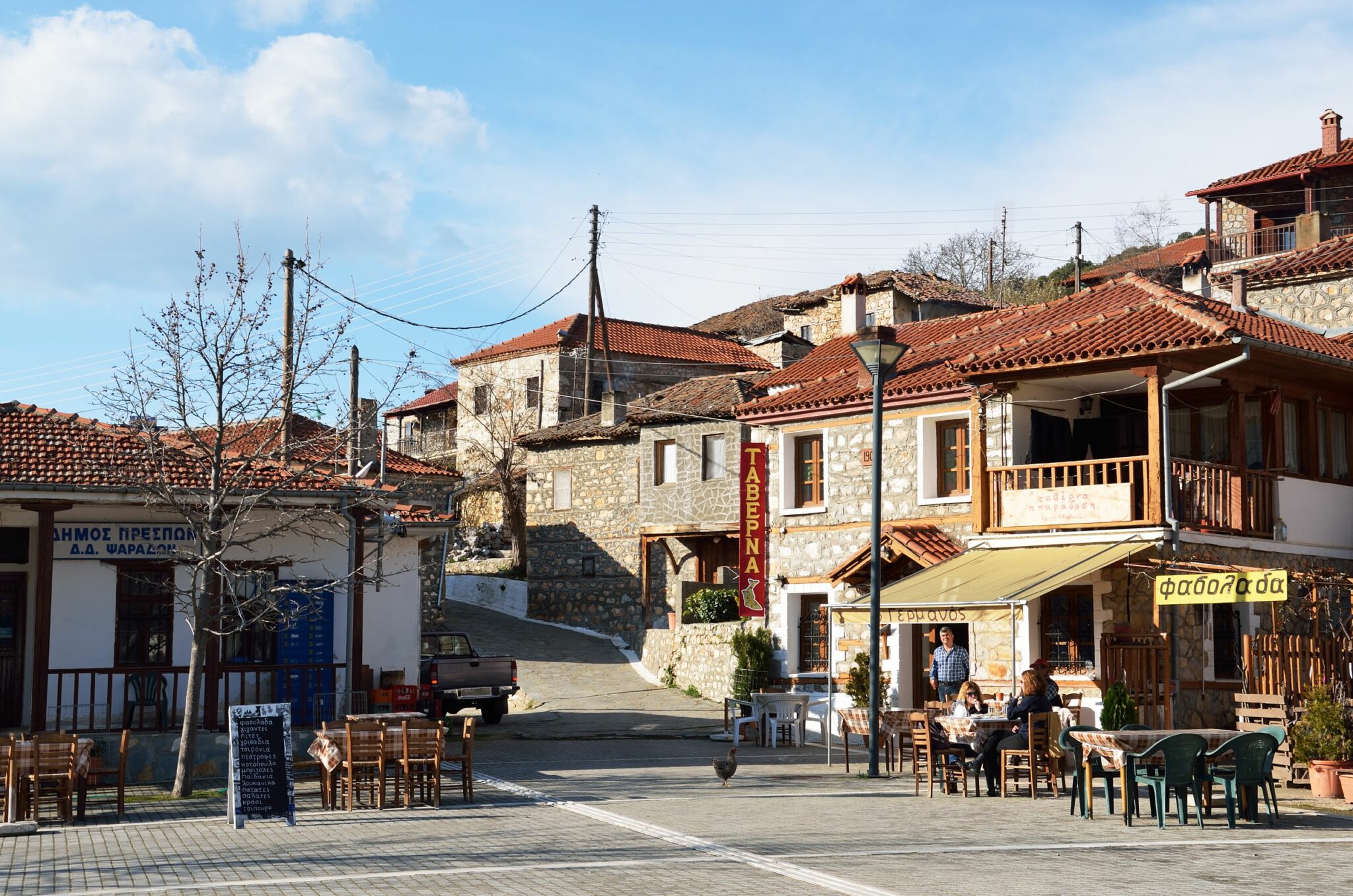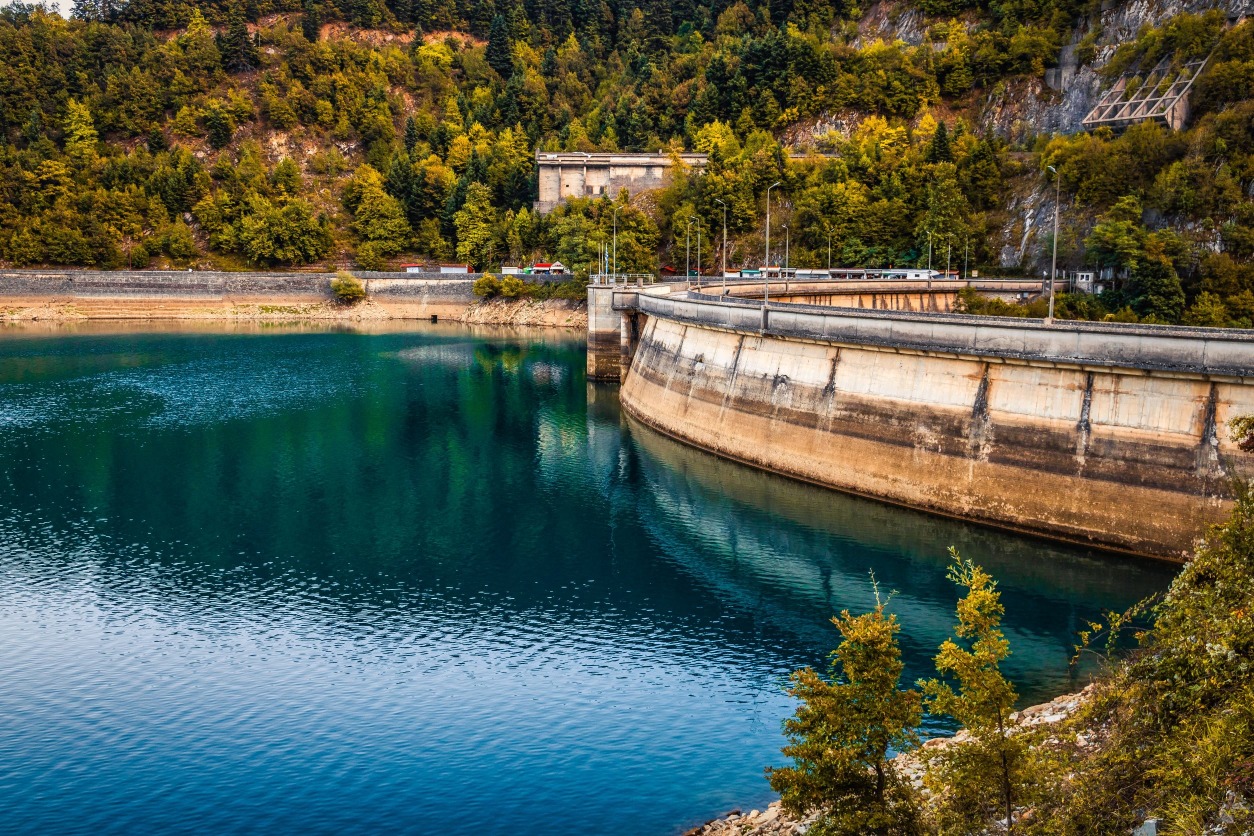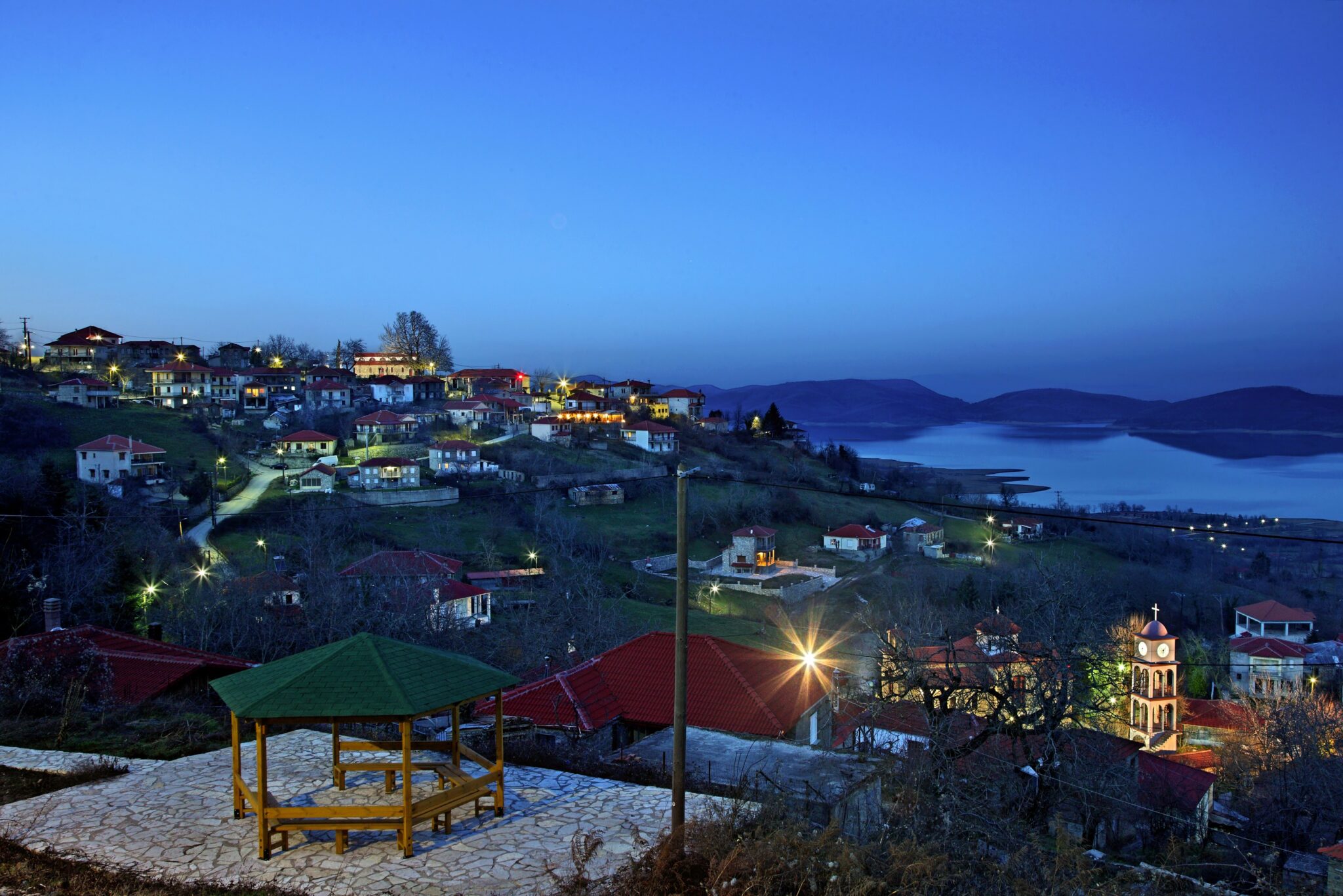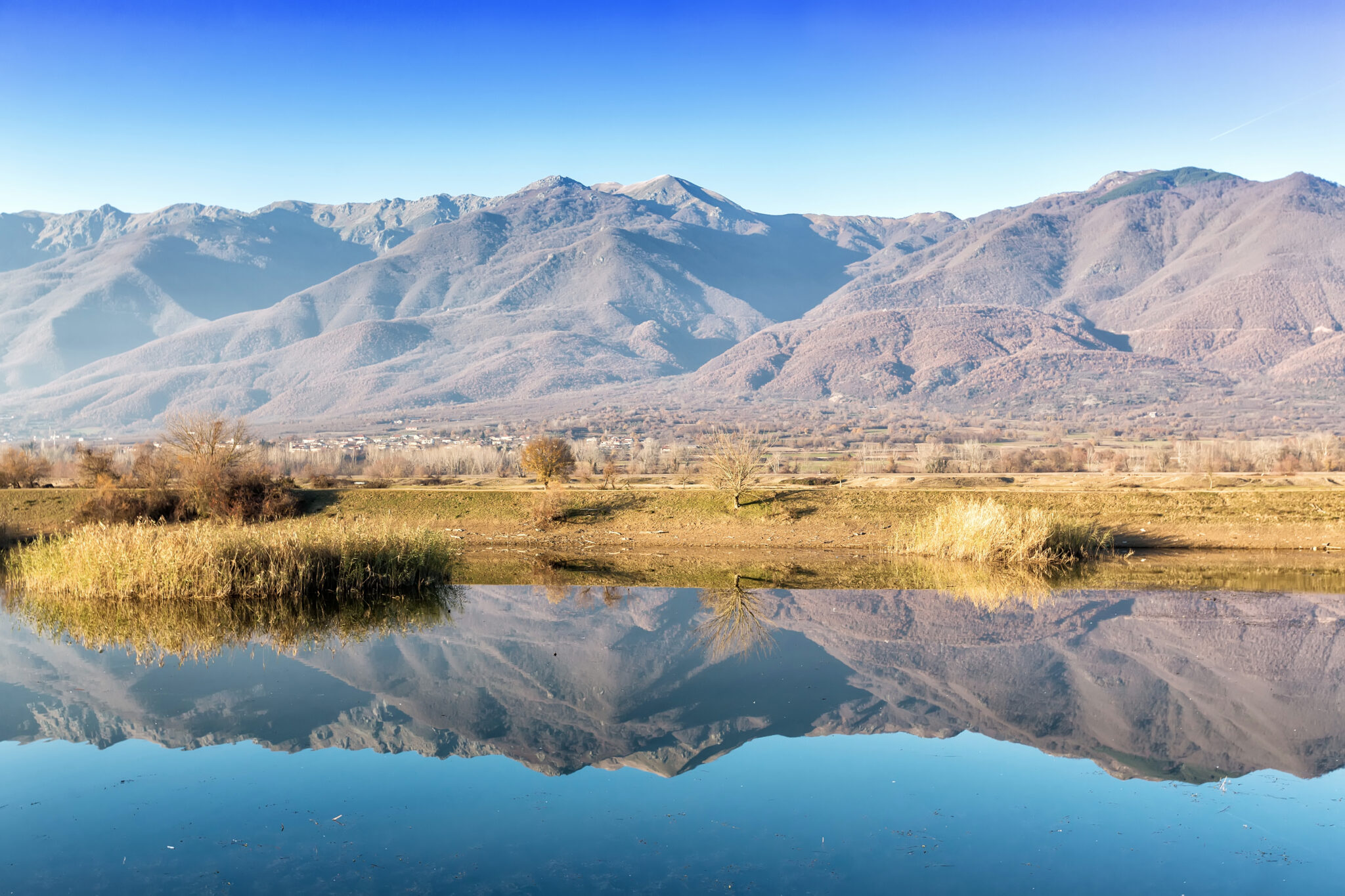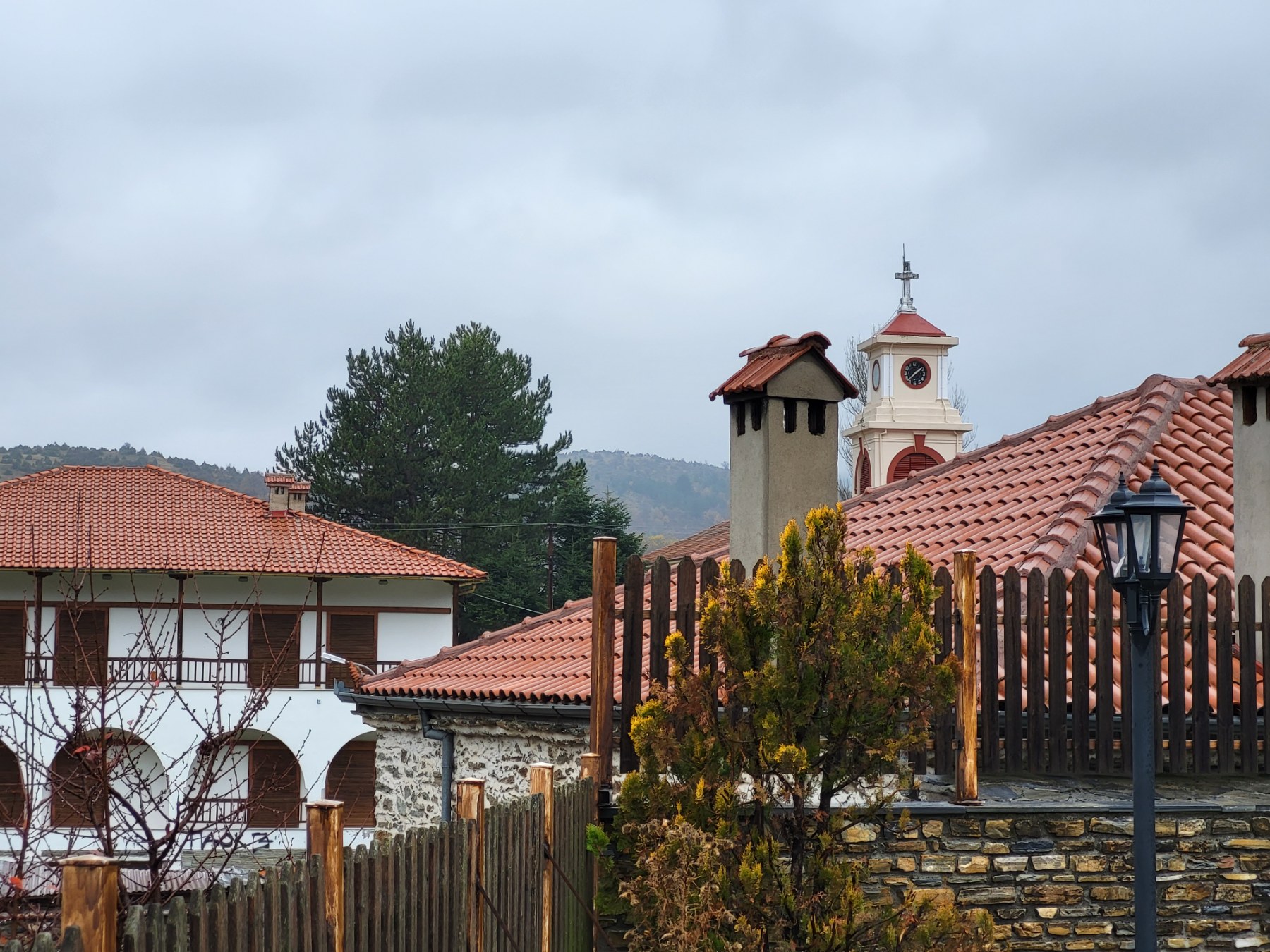Greece might not compare to Finland, but it does have a number of lakes of unique beauty.
Whether man-made or natural, Greece’s lakes are the least popular travel destinations, yet they are still worth discovering – especially in winter. The lakeside villages combine culture and great gastronomy, whether you’re a meat or fish-lover. Moreover, they are ideal for both a relaxing holiday and a holiday full of sports activities. Here are 4 amazing lakeside villages to put on your bucket list and plan a visit asap.
Kerkini, Lake Kerkini
Nestled in the shadow of Mount Beles, Lake Kerkini did not exist until 1932. It was created with the construction of the Struma dam. Human intervention created a special ecosystem. The Kerkini area is included in the 10 Wetlands of International Importance in Greece (also known as Ramsar Wetlands) and is one of the 196 Important Bird Areas in Greece that have been designated as Special Protection Areas. Hosting a quaint little harbour and the Wetland Information Centre, the village of Kerkini is the most developed area of the lake and perhaps the best exploration base. Lake boat tours start from here, moreover. Explore the lake in a traditional vessel, the so-called plava, which can sail on very shallow waters. The village also boasts beautiful houses with tiled roofs and excellent food.
The trademark of the area is the buffalo meat from the animals raised by the lake. But Kerkini is also a popular destination for wildlife lovers. Every autumn and spring thousands of people from all over Europe flock here for birdwatching; to admire the flamingos, storks, Dalmatian pelicans, herons and other birds that find refuge in the lake before resuming their migratory journey.
Psarades, Megali Prespa
If you visit Florina, you should include in your itinerary the one and only Greek village of Megali Prespa, namely Psarades.
With 60 permanent residents, the village is a listed traditional settlement. In addition, the village is surrounded by a beautiful green landscape, while a boat ride on the waters of the lake, which is shared by Greece, North Macedonia and Albania, is definitely an unforgettable experience.
While in the area, do not miss the opportunity to visit the so-called ascetariums. Secluded, perched on the steep cliffs of the lake, these are places of spiritual uplift, prayer and asceticism; one-room temples built inside rocks or caves indicating that the area was once a monastic centre. Very close to the village are the 13th century ascetarium of the Transfiguration of the Saviour, the ascetarium of Ascension, as well as the ascetarium of Panagia Eleousa, both dating from the 15th century.
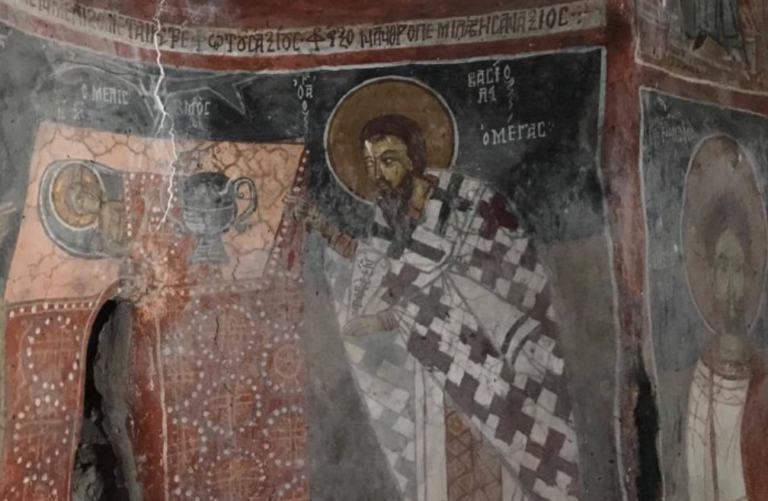
These tiny temples – built entirely of stone- can be approached only by boat. Inside the temples there are impressive frescoes that have been preserved in good condition thanks to the rocks that protect them from the weather. Local boatmen play the role of tour guides here. It goes without saying that, before leaving the Prespa Lakes, you should buy the famous Prespa beans.
Myrtia, Lake Trichonida
Myrtia is less known and less touristy than other villages in the country near lakes, but it is just as beautiful. It is not exactly lakeside, but it is located on the road next to Lake Trichonida in the direction of Thermos. Outside the village is the famous monastery of Panagia Myrtia, a Byzantine monastery with over 1000 years of life. Apart from its architectural interest, here you will enjoy a magnificent view of the largest natural lake in Greece surrounded by a lush green environment.
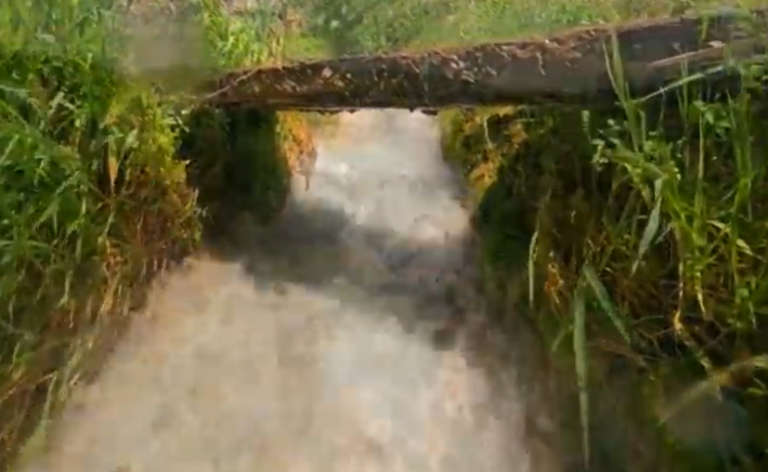
The village itself offers excellent coffee and food options, and about ten minutes away you will find a spectacle that will make you think you are starring in a Disney movie.
Namely, the traditional Konstantopoulos watermill that has been operating in the traditional way since the 18th century using the water from the impressive waterfall.
Neohori, Lake Plastiras
Around Lake Plastiras, the lake created by the construction of the Tavropos dam in 1959, there are 18 villages. Neohori is probably the most touristically developed of them, as it offers the best view of the lake. Here you will find beautiful guest-houses, excellent taverns and an impressive church. Agios Nikolaos is the most famous edifice in the village, with frescoes at least 300 years old. Lake Plastiras is largely developed, so here you have plenty of options for outdoor activities such as hiking, cycling, rowing and archery.
The old school of Neohori houses the Centre for Environmental Education, Research and Information, which aims to provide accurate environmental information, the management of natural resources and the protection of the ecosystems of the region. The current image of Neohori is striking when one considers that when the lake was created it was perhaps the village most affected by this development, as it owned most of the land on the plateau that is now at the bottom of the lake.
Read also:
A village of unique beauty in the Cyclades, even in winter
A water paradise in Greece created by a disaster
Porto Hydra, settlement 2 ½ hours from Athens, with Venice-style canals



